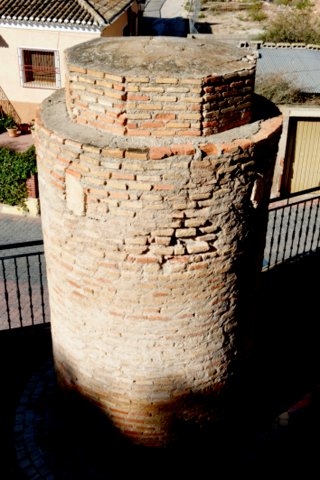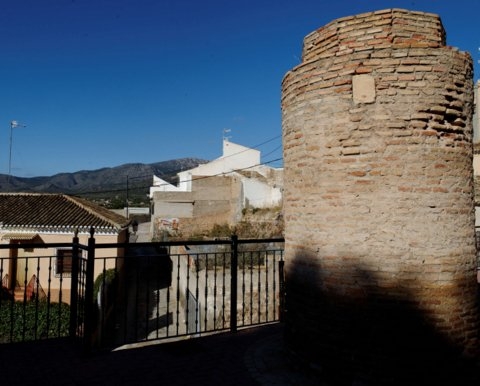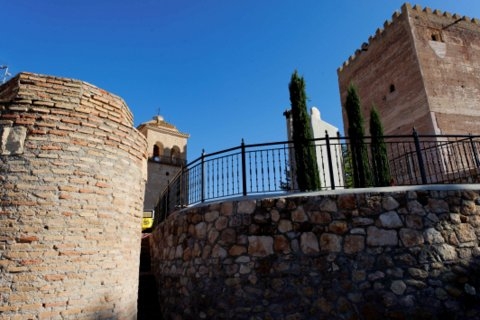- Region
- Águilas
- Alhama de Murcia
- Jumilla
- Lorca
- Los Alcázares
- Mazarrón
- San Javier
-
ALL AREAS & TOWNS
- AREAS
- SOUTH WEST
- MAR MENOR
- MURCIA CITY & CENTRAL
- NORTH & NORTH WEST
- TOWNS
- Abanilla
- Abarán
- Aguilas
- Alamillo
- Alcantarilla
- Aledo
- Alhama de Murcia
- Archena
- Balsicas
- Blanca
- Bolnuevo
- Bullas
- Cañadas del Romero
- Cabo de Palos
- Calasparra
- Camping Bolnuevo
- Campo De Ricote
- Camposol
- Canada De La Lena
- Caravaca de la Cruz
- Cartagena
- Cehegin
- Ceuti
- Cieza
- Condado de Alhama
- Corvera
- Costa Cálida
- Cuevas De Almanzora
- Cuevas de Reyllo
- El Carmoli
- El Mojon
- El Molino (Puerto Lumbreras)
- El Pareton / Cantareros
- El Raso
- El Valle Golf Resort
- Fortuna
- Fuente Alamo
- Hacienda del Alamo Golf Resort
- Hacienda Riquelme Golf Resort
- Isla Plana
- Islas Menores & Mar de Cristal
- Jumilla
- La Azohia
- La Charca
- La Manga Club
- La Manga del Mar Menor
- La Pinilla
- La Puebla
- La Torre
- La Torre Golf Resort
- La Unión
- Las Palas
- Las Ramblas
- Las Ramblas Golf
- Las Torres de Cotillas
- Leiva
- Librilla
- Lo Pagan
- Lo Santiago
- Lorca
- Lorquí
- Los Alcázares
- Los Balcones
- Los Belones
- Los Canovas
- Los Nietos
- Los Perez (Tallante)
- Los Urrutias
- Los Ventorrillos
- Mar De Cristal
- Mar Menor
- Mar Menor Golf Resort
- Mazarrón
- Mazarrón Country Club
- Molina de Segura
- Moratalla
- Mula
- Murcia City
- Murcia Property
- Pareton
- Peraleja Golf Resort
- Perin
- Pilar de la Horadada
- Pinar de Campoverde
- Pinoso
- Playa Honda
- Playa Honda / Playa Paraíso
- Pliego
- Portmán
- Pozo Estrecho
- Puerto de Mazarrón
- Puerto Lumbreras
- Puntas De Calnegre
- Region of Murcia
- Ricote
- Roda Golf Resort
- Roldan
- Roldan and Lo Ferro
- San Javier
- San Pedro del Pinatar
- Santiago de la Ribera
- Sierra Espuña
- Sucina
- Tallante
- Terrazas de la Torre Golf Resort
- Torre Pacheco
- Totana
- What's On Weekly Bulletin
- Yecla


- EDITIONS:
 Spanish News Today
Spanish News Today
 Alicante Today
Alicante Today
 Andalucia Today
Andalucia Today
La Picota, the medieval pillory in Aledo
Aledo, the Picota
 Hollywood has a lot to answer for!
Hollywood has a lot to answer for!
It portrays medieval knights as glamorous, daring upholders of fair practice and chivalry, while the ladies of the court are dressed in fine robes with flowing locks of hair and peasants are plump, jolly characters, the overall impression being one of a time of jollity and revelry.
The reality, of course, is that the Middle Ages were mostly a time of hunger, oppression, plague and danger, the feudal system protecting the rights of the rich and powerful while the peasants spent their lives engaged in a fight for survival, oppressed by the wealthy and undertaking hard, manual labour in order to survive.
Non-conformity was not tolerated. Theft and any attempt to avoid paying taxes to the nobility were not options, corruption was tolerated only among the nobility and those in their employ, and punishment for misdemeanour was brutal.
La Picota in Aledo is a symbol of that brutal feudal system, and is the only remaining pillory in the Region of Murcia.
In Spain, a "picota" was a pole with 4 arms extending from its top part. Simple picotas were driven into the ground, and as communities consolidated, more substantial picotas were built. In northern Spain there are still many surviving as stone columns, while others were bricked in to give more strength.

These were places of execution, of humiliation and places where control was exercised over the peasant population.
A platform could be erected around a picota and those facing public humiliation were put in stocks or pillories around the wooden structure to face starvation, or stoning. The wooden arms were used to hang a person by the neck, suspend a cage with the unfortunate peasant inside, or hang a person by the feet. Those still alive when they reached the picota were either killed there and then or further humiliated.
The Picota was also the place where those who had suffered torture were hung, drawn and quartered, their remains hammered to the arms of the picota or their heads impaled on the top as a warning to anyone else who had the intention of questioning authority.
This Picota was built in Aledo at the end of the 16th century following an order granted by King Felipe III on the 25th July 1592, which effectively freed the town from the jurisdiction of the Order of Santiago and gave the town its own freedom to build a jail. While this was a way of diminishing the power of the Order of Santiago, it was also a cunning means of gaining revenue for the crown as it gave the towns the right to impose fines and the crown to charge for the licences to run jails.

Picotas were used throughout Spain until the first Spanish Constitution was established in 1812. The Constitution supported male suffrage, national sovereignty, constitutional monarchy and freedom of the press, supporting land reform and free enterprise.
It failed to have the desired affect as much of Spain was ruled by the French at the time, and King Ferdinand IV returned to Spain 2 years later, but it marked a change in direction and this order of 1812 dictated that all picotas should be destroyed to ensure the freedom of all citizens.
However, many still remain: this is the only one in Murcia, but in many northern towns they can be seen in the centres of towns and villages, surrounded by flower beds and fountains, tourists blissfully unaware of their purpose.
The Aledo picota is just a few metres from the Torre de Homenaje. Walk out of the door of the tower, turn left and there is a bronze sculpture of a door showing the fiestas and events which take place in Aledo throughout the year: just down from here is the picota, at the start of the geological route.
